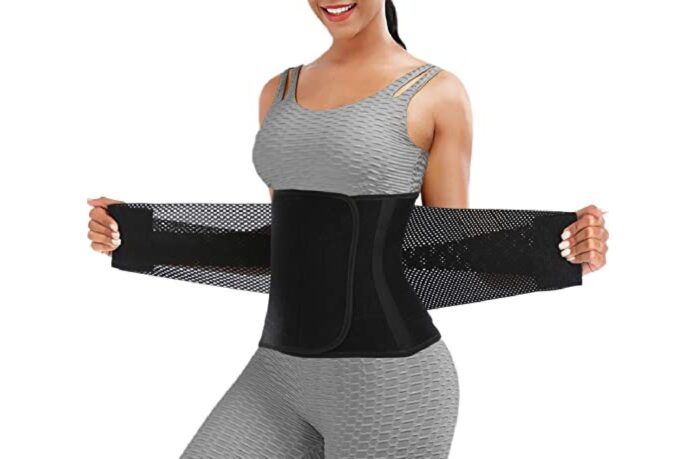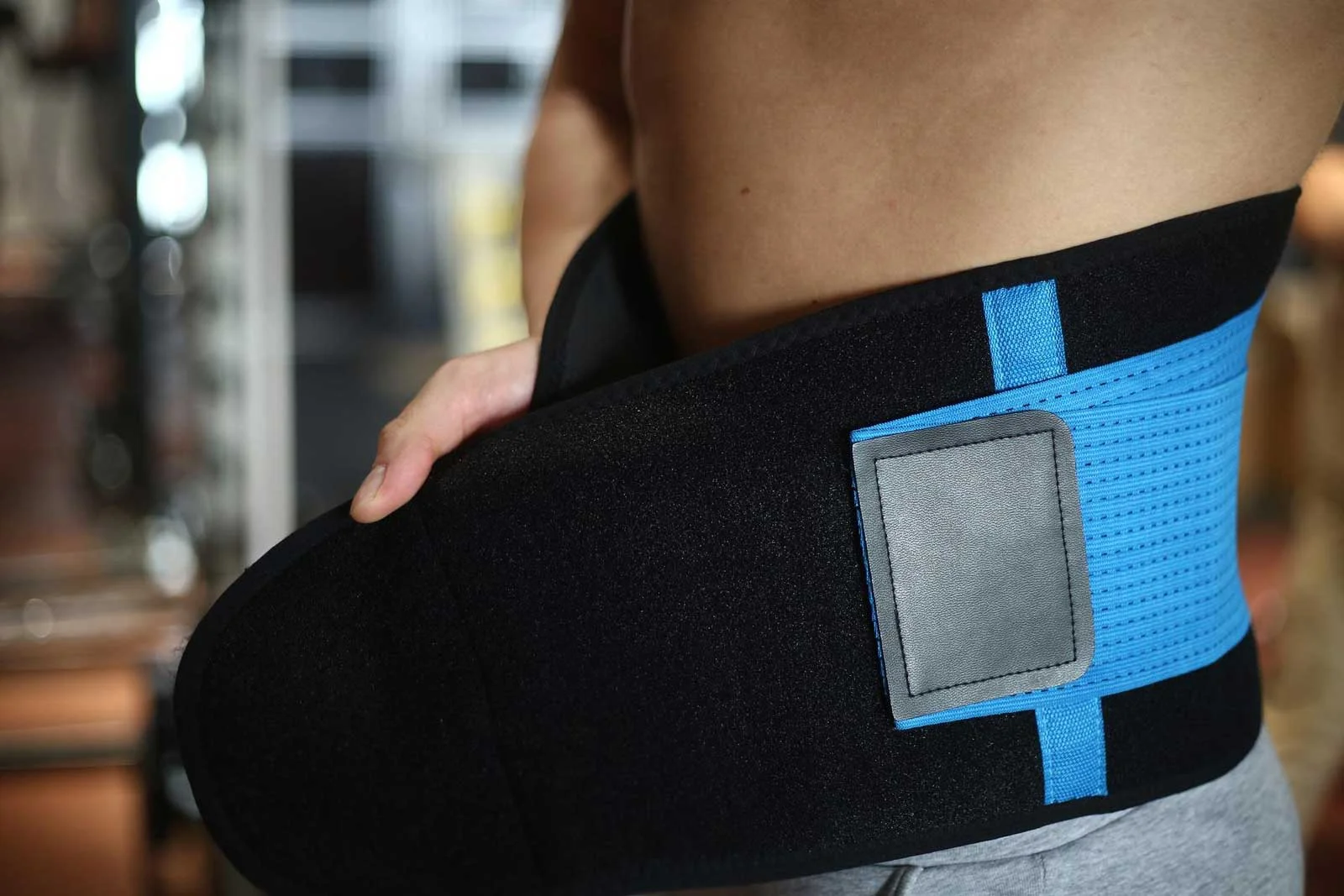
The quest to achieve a toned midsection often sees countless folks experimenting with a variety of fitness gadgets. Waist trainers, a modern resurgence of the ancient corset, have made waves in the wellness domain, promising a slimmer waistline.
But what’s the real deal behind these stylish yet purpose-driven garments? Let’s unravel this enigma.
How Waist Trainers Affect the Body
Waist trainers, when cinched around the midsection, exert pressure on the underlying tissues. This results in a temporary reshaping effect, drawing your waist inwards and giving an illusion of a smaller belly.
The underbust design enhances the bust area, offering an hourglass silhouette to the wearer. The constant compression can stimulate thermal activity, increasing perspiration in the covered areas.
Yet, it’s not just about visual aesthetics. These trainers, by their very nature, restrict the stomach’s capacity. Over time, wearers might notice reduced appetite, resulting in the consumption of smaller food portions.
This effect can lead to unintentional calorie restriction, potentially leading to weight loss. However, it’s vital to understand that any weight reduction isn’t directly due to the trainer but the change in eating habits it induces.
Research and Controversies

The scientific community harbors a mixed bag of opinions on waist trainers. Some studies advocate for temporary benefits, like improved posture and potential appetite suppression. Yet, others opine that the effects are fleeting and can’t replace genuine fitness routines or nutritious diets.
Controversies aren’t far behind. Critics argue that the devices can lead to harmful outcomes, such as compressed organs, reduced lung capacity, and the displacement of ribs. Potential users must sift through both sides of the debate and make informed decisions based on personal health needs and consultation with medical professionals.
Incorporating Waist Trainers into Your Routine
For those interested in giving waist trainers a go, it’s prudent to start slow. Begin with a couple of hours a day and gradually increase the duration. Avoid jumping into an 8-hour stint immediately, as the body needs to adapt to the compression. It’s much like breaking in a new pair of shoes; patience is key.
Interestingly, waist trainers aren’t just for the gym or at-home workouts. Many individuals integrate them into their daily routines, wearing them underneath work attire or casual outfits. This flexibility ensures that even on busy days, you remain committed to your belly sculpting goals.
Maximizing Results with Proper Usage
A common misconception is that tighter equals better. Yet, strapping your trainer too tightly can lead to discomfort and potential health risks. It’s a balancing act; snug but not suffocating is the golden rule. Regularly rotate between trainers if you have multiple to ensure even wear and tear.
Remember, while the garment aims to shape your waist, it’s not a miracle worker. Combine its use with a well-rounded fitness routine and a balanced diet. This holistic approach ensures that you are working towards genuine and lasting results rather than just temporary visual changes.
Combining Waist Trainers with Diet and Exercise
A slender waist isn’t solely about aesthetics; it’s also about health. Incorporate a diet rich in whole foods, lean proteins, healthy fats, and complex carbohydrates. Avoid processed foods, sugars, and excessive salt, which can lead to bloating, undermining your waist training endeavors.
Physical activity is the other side of this coin. Engage in cardiovascular exercises, strength training, and flexibility routines. These activities not only complement the trainer’s effects but also provide myriad health benefits. Over time, as the body becomes fitter, the waist trainer serves to accentuate the naturally achieved results.
Safety Considerations and Risks

While waist trainers offer intriguing benefits, safety should always be paramount. Understand that these devices, especially when worn for extended periods, can restrict natural movements and compress internal organs. This compression may lead to difficulties in breathing, digestive issues, and even long-term health problems if misused.
Not all trainers are made equal. Cheap, low-quality variants can cause skin irritations, allergies, or even bruising. Thus, investing in a reputable brand that utilizes skin-friendly materials is crucial. It’s always recommended to seek advice from a healthcare provider before embarking on this journey, especially for individuals with pre-existing medical conditions.
Choosing the Right Waist Trainer
Navigating the waist trainer market can be overwhelming, given the plethora of choices. Aim for one that provides flexibility, ensuring that daily activities aren’t hindered. Adjustable straps, breathable fabric, and an ergonomic design are features to watch out for.
Size matters immensely. An ill-fitting trainer can be counterproductive, causing discomfort or even health risks. Always refer to size charts, read reviews, and if possible, try before buying. An ideal fit should be snug but should allow for comfortable breathing and natural movement.
Listening to Your Body: Signs and Limits

Embracing the waist trainer journey necessitates tuning into your body’s signals. Discomfort, difficulty in breathing, numbness, or tingling are red flags. These are clear indicators that the trainer is either too tight or not the right fit for your body shape.
It’s essential not to become overly reliant on waist trainers. They should complement a healthy lifestyle, not replace it. Taking regular breaks, allowing the body to rest and recover, ensures that you’re using the garment safely. Remember, while pushing limits can sometimes lead to growth, it’s equally vital to recognize when to step back.
Maintaining Progress Beyond Waist Trainers
Stepping beyond the confines of waist trainers invites a holistic view of fitness. It’s essential to foster habits that promote long-term health and ensure that the progress achieved doesn’t fade away.
Embrace activities like yoga or pilates, which focus on core strength and flexibility, fortifying the midsection naturally. Simultaneously, consider mindfulness practices such as meditation, which can curb stress-induced overeating, a common culprit behind belly fat.
By grounding oneself in a combination of physical and mental well-being practices, one ensures that the journey towards a toned waistline is sustainable, genuine, and not solely dependent on external aids.
In Retrospect
Waist trainers, like any wellness tool, come with their set of pros and cons. While they can offer a temporary boost in confidence and potentially aid in appetite suppression, they are not a replacement for a healthy lifestyle.
Balanced nutrition, regular physical activity, and self-awareness remain the foundation stones of a fit body and mind. Embrace waist training judiciously, backed by research and self-awareness, to maximize its benefits while safeguarding your well-being.
















